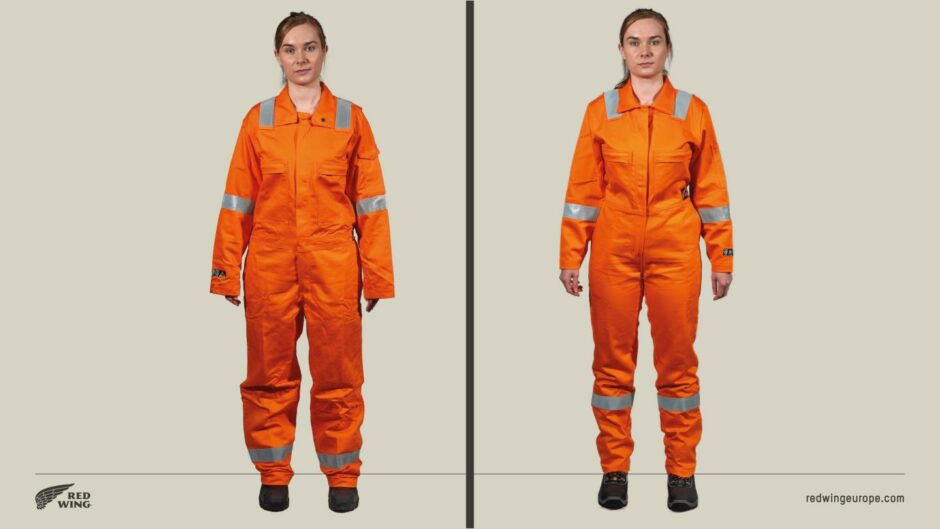
Women working in the North Sea energy sector are still experiencing issues with finding correctly fitting PPE, according to an Aberdeen-based gender equality group.
In 2021 AXIS Network conducted a survey that found 68% of women working offshore did not have “correctly fitting” coveralls.
More than two years on, group chair Sarah Clark said that despite women’s personal protective equipment (PPE) being made available by suppliers, the industry still faces an “educational challenge” when it comes to the rollout of this kit.
When supplied with the wrong PPE women are exposed to the risk of slips, trips and falls, sleeves getting snagged in machinery, and the added danger associated with flash fires – sudden, intense fires caused by the ignition of flammable substances in the air.
Ensuring that women offshore have adequate clothing and PPE has been a talking point in the industry for a number of years, however, AXIS there is still more to be done.
A spokesperson for AXIS Network told Energy Voice: “Unlike some of the issues raised in the survey findings which are cultural and require a multi-faceted approach to resolving them, correctly fitting PPE for women is an easy win.”
The group pointed to the findings which also showed that 8% of women have been “bumped from a flight” because they were supplied with an ill-fitting survival suit.
AXIS Network says that looking ahead to the energy transition, something needs to change.
The group explained: “It is a legal requirement for all employers in the UK to provide appropriate PPE free of charge, however, most employers believe that smaller sizes of unisex PPE fulfils this requirement doing little research into the design of unisex PPE which is most often based on average dimensions for men and has not accounted for how women are proportioned differently.”
The group encouraged employers to become better acquainted with the requirements to supply women with adequate personal protective equipment.
To fix this, AXIS Network suggested those who employ offshore workers to “engage the right suppliers and regularly seeking feedback from their female offshore workforce.”
‘People rarely buy the women’s coveralls’
Supplier of PPE, Red Wing, told Energy Voice that the issue of incorrectly fitting protective gear is one that is seeing more attention.
The specialist provider said in 2021 that the female offshore workforce is being given oversized personal protective equipment designed for men.
However, since then the firm’s ‘Right Fit’ campaign has raised awareness of the dangers presented by ill-fitting equipment and its clients have made efforts to correct their mistakes.
Managing director of Red Wing, Jon Bodicoat, explained that the effort was brought in to help raise awareness of the issue faced by female workers.
Mr Bodicoat said: “Since we did the right fit campaign a couple of years ago, the interest was huge.”
He added “Since then, we’ve extended it further. We’ve actually adopted the whole right-fit approach to all people now.”
The Red Wing boss explained that the standard practice in industry for adjusting the measurements for overalls between sizes is increasing the length of the legs.
Realising that this was providing an inaccurate fit for many workers, Red Wing changed how it tailored its protective equipment.
“Now our coveralls, the body changes as well. So, it’s much better fit”, said Mr Bodicoat, “It means people can actually do their work, less restricted.”
The reason the firm started to look into how it measured the different sizes it had available and began to question industry standards was it could see in its sales “people rarely buy the women’s coveralls.”
An issue that has been ‘accepted for too long’
Comparing the data collected by AXIS Network, women are disproportionately affected by ill-fitting protective equipment, however, the results from all respondents show that the issue still impacts all demographics of people offshore.
AXIS Network shared the findings of its 2021 survey, showing 51% of respondents said their outerwear/jacket wasn’t suitably sized, 19% had ill-fitting safety shoes, and 43% had gloves that weren’t suitably sized.
However, for Red Wing’s managing director says that ensuring this issue is tackled is a “chicken and egg thing” as women make up as little as 3.4% of the offshore workforce.
Mr Bodicoat said: “It’s difficult for our customers to, for example, hold a huge stock of all of the sizes, all of the colours, all of the range, because it might sit there for five years.”
However, Red Wing is trying to alleviate this issue, as Mr Bodicoat explained: “We are a distributor, we’re a warehouse and we have stock. All we really need is for, collectively as a group or as an industry, to lean almost on us a little bit and say ‘look, we have it available so you don’t have to stock it, but that doesn’t mean that women shouldn’t have access to it.’”
The firm also offers a fitting service in its Aberdeen base where female workers can be sent by their employer to try on PPE and find the best fit for them and the products will be added to the firm’s account.
It is important to the Red Wing MD that “whoever’s going on into the industry should have the same opportunity as everyone else,” and this is a driving force behind providing diverse sizes.
That being said, Mr Bodicoat sees the lack of appropriately fitting PPE for women, not as an “educational challenge” as AXIS Network’s Sarah Clark described, but as a “capability” problem.
He explained: “If you look at some of the top tier service companies and drillers and things like that cash isn’t quite as much of a focus. They’ve taken stock and they’ll keep stock themselves.”
However, smaller firms don’t have the capability of spending “£5000 worth on coveralls that are going to sit there for five years and then they’re going to have to write them off, then it’s a bit more of a difficult decision.”
Worker safety is ‘paramount’
HSE and operations director for trade body Offshore Energies UK (OEUK), Mark Wilson, said: “The safety of all those working in the industry is paramount and as such there is no room for complacency and the approach of continuous improvement should remain.”
In OEUK’s recent workforce report it was outlined that there are 39,000 offshore travellers in the UK’s energy sector and that around 1,300 of them are women.
This lines up with the statistics shared by the trade body’s workforce engagement and skills manager, Alix Thom, last year when she told Energy Voice that the number of women offshore had “remained stubbornly static” at around 3.4%.
Mr Wilson added: “OEUK and its members continue to work with stakeholders to ensure that personal protective equipment is fit for purpose for those that work offshore.”
Industry’s ‘social licence to operate’ called into question
Looking to the future of the energy sector, AXIS Network said: “As we transition towards Net Zero, the sustainability of our industry is dependent on process efficiency and tolerating personnel missing flights resulting in potential delays to work should be unacceptable, not to mention the greater question of what risk we are exposing these workers to from having poorly fitted survival suits or other PPE.”
The Aberdeen cross-industry gender equality group argued that a lack of appropriate protective equipment in industry calls into question the sector’s licence to operate.
The organisation says that the energy industry’s licence to operate is dependent on the assumption that workers will be properly cared for and kept as safe as possible.
In addition to this, “our social licence to operate is dependent on remaining attractive as an energy industry to a diverse workforce,” AXIS Network explained.
Recommended for you


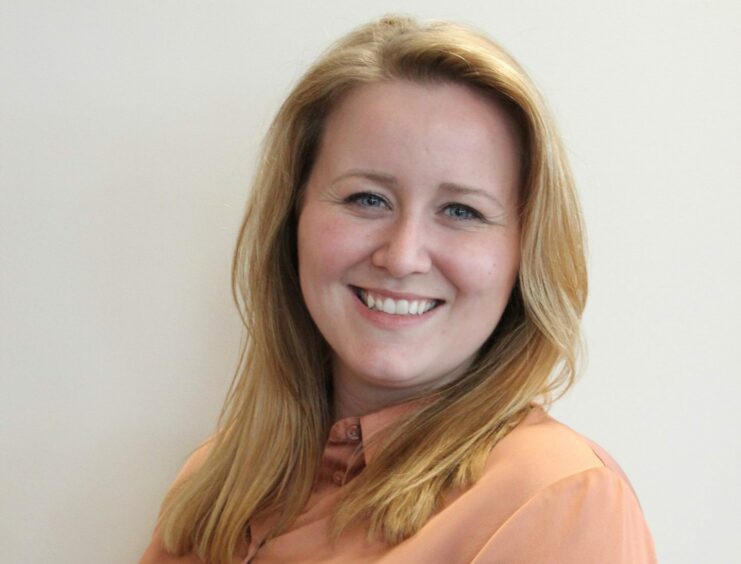 © Supplied by AXIS
© Supplied by AXIS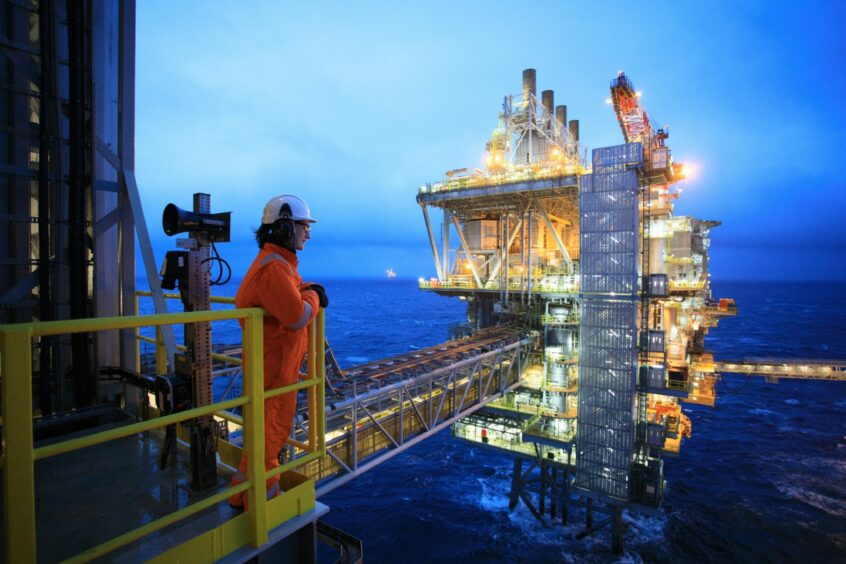 © Supplied by Primat Recruitment
© Supplied by Primat Recruitment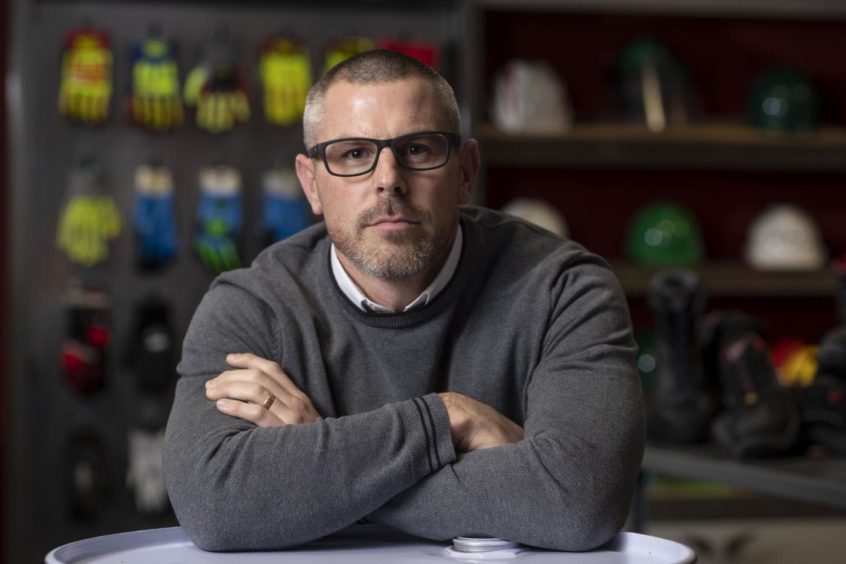 © Supplied by Red Wing
© Supplied by Red Wing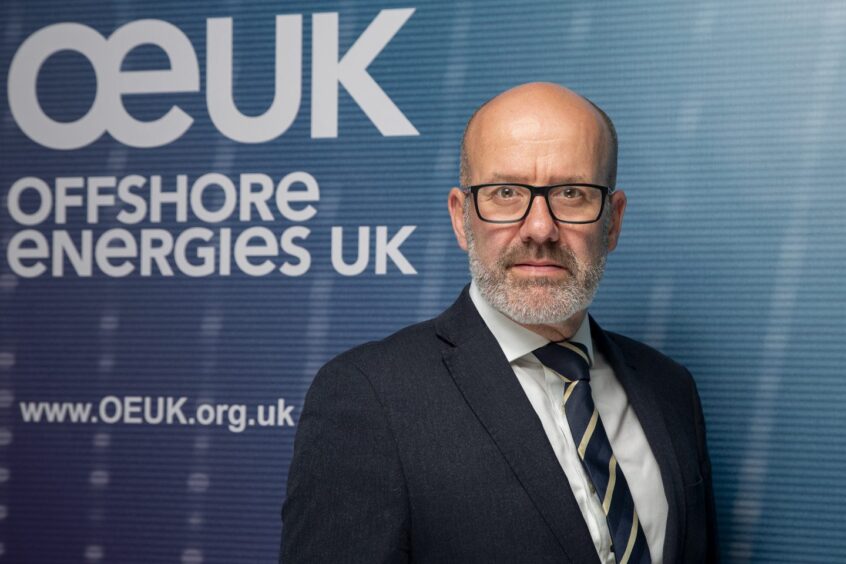 © Supplied by OEUK
© Supplied by OEUK